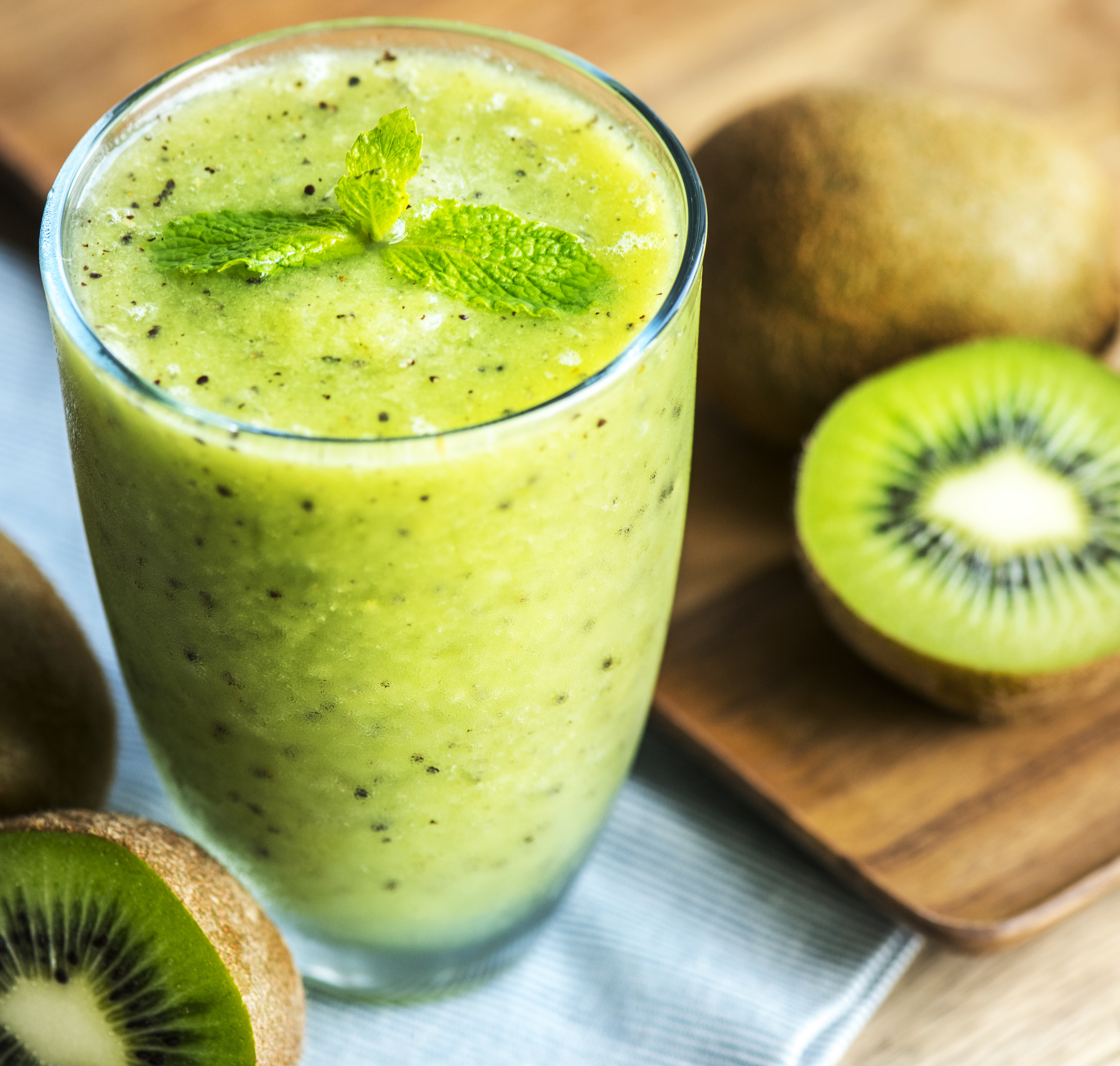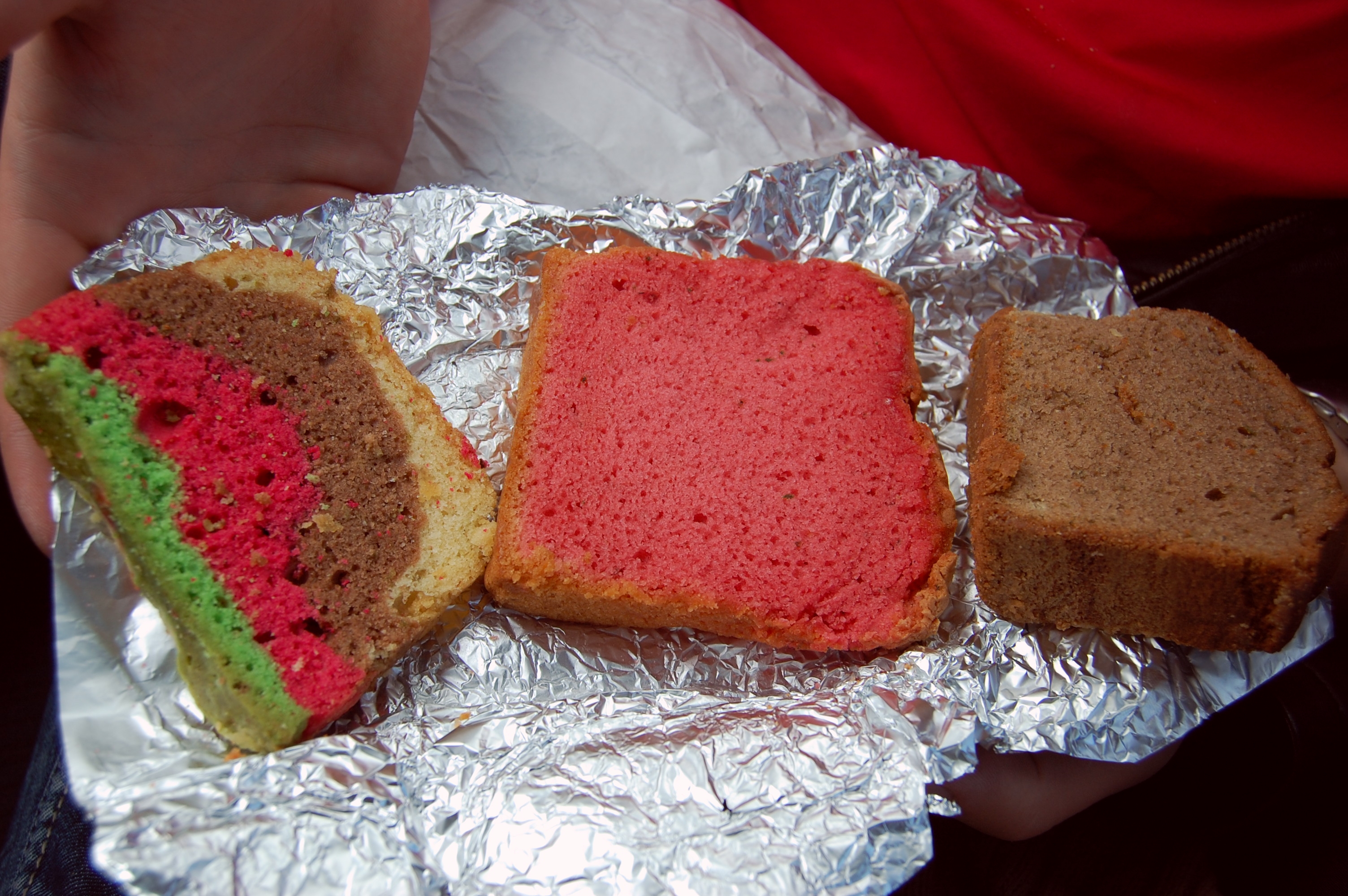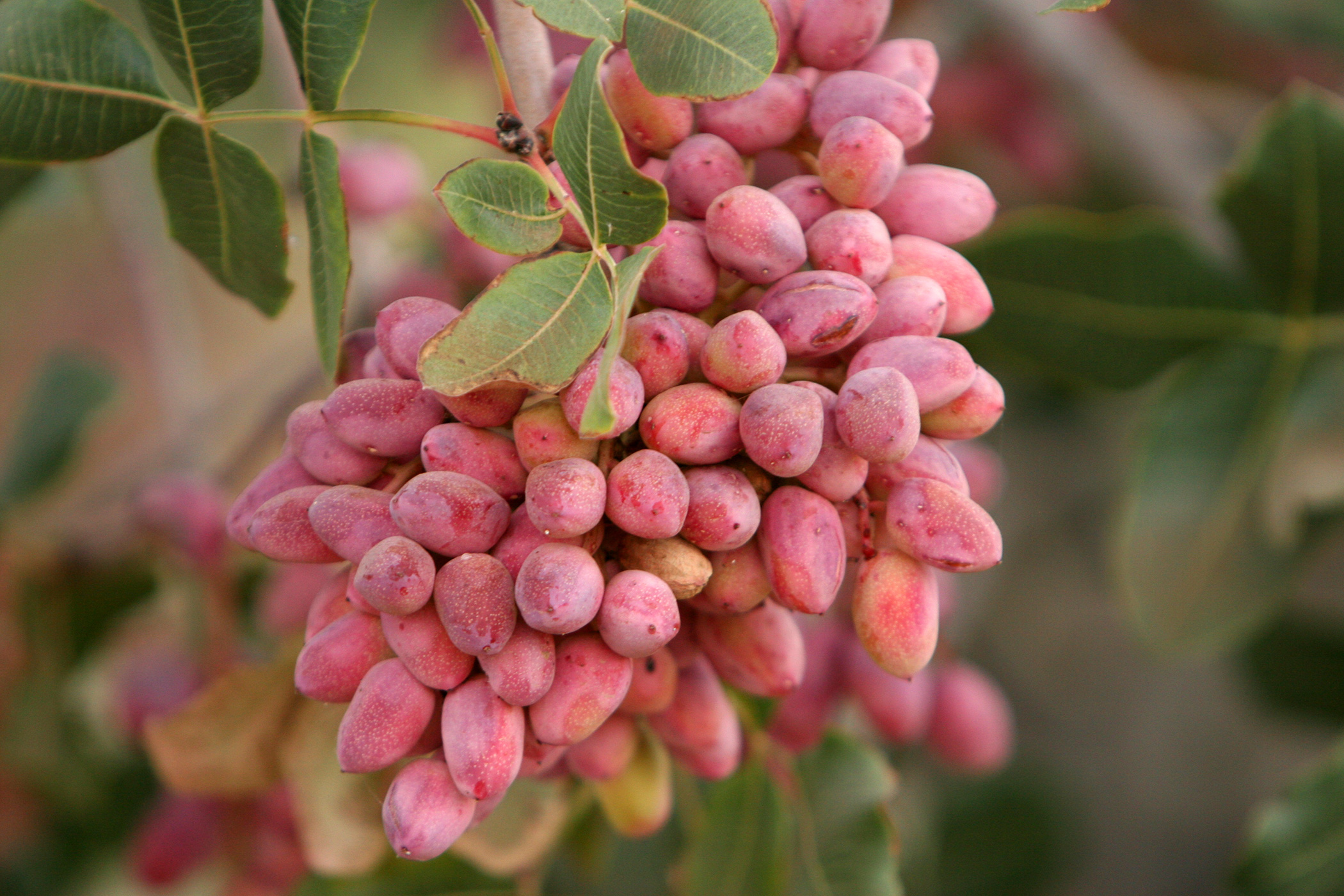|
Lassi
Lassi () is a Dahi (curd), yogurt–based beverage with a smoothie-like consistency. It has been called "the most popular and traditional yogurt-based drink" in India. It has also been described as the form in which yogurt "is most cherished and unbeatably popular in [...] Punjab", its "best-loved summer drink", and "the air conditioner of the Punjab". Lassi originated in the Punjab region of the Indian subcontinent. The word 'lassi' means yogurt mixed with water in Punjabi language, Punjabi and Hindustani language, Hindi-Urdu. Lassi is prepared by blending yogurt, water, and spices. In Punjab, the yogurt is traditionally made from Water buffalo#Dairy, water buffalo milk. However, variations of lassi can be prepared in different ways. Cumin and cardamom are the most common spices added to lassi. Lassi is traditionally served in a clay cup known as ''kulhar''. Varieties Namkin / Namkeen lassi Namkin or namkeen (salty) lassi is made by adding salt, black pepper, cumin, and sug ... [...More Info...] [...Related Items...] OR: [Wikipedia] [Google] [Baidu] |
Cuisine Of Punjab
Punjabi cuisine is a culinary style originating in the Punjab, a region in the northern part of South Asia, which is now divided into an Punjab, India, Indian part to the east and a Punjab, Pakistan, Pakistani part to the west. This cuisine has a rich tradition of many distinct and local ways of cooking. History The local cuisine of Punjab is heavily influenced by the agriculture and farming lifestyle prevalent from the times of the ancient Indus Valley civilization. Dishes similar to tandoori chicken may have existed during the Indus Valley civilisation, Harappan civilization during the Bronze Age of History of India#Indus Valley Civilisation, India. According to the archeologist Professor Vasant Shinde, the earliest evidence for a dish similar to tandoori chicken can be found in the Harappan civilization and dates back to 3000 BC. His team has found ancient ovens at Harappan sites which are similar to the tandoors that are used in the state of Punjab. Physical remains of c ... [...More Info...] [...Related Items...] OR: [Wikipedia] [Google] [Baidu] |
Cuisine Of India
Indian cuisine consists of a variety of regional and traditional cuisines native to the Indian subcontinent. Given the diversity in soil, climate, culture, ethnic groups, and occupations, these cuisines vary substantially and use locally available spices, herbs, vegetables, and fruits. Indian food is also heavily influenced by religion, in particular Hinduism and Islam, cultural choices and traditions. Historical events such as invasions, trade relations, and colonialism have played a role in introducing certain foods to India. The Columbian exchange, Columbian discovery of the New World brought a number of new vegetables and fruits. A number of these such as potatoes, tomatoes, Chili pepper, chillies, peanuts, and guava have become staples in many regions of India. Indian cuisine has shaped the history of international relations; the spice trade between India and Europe was the primary catalyst for Europe's Age of Discovery. Spices were bought from India and traded around ... [...More Info...] [...Related Items...] OR: [Wikipedia] [Google] [Baidu] |
Bhang
Bhang (International Alphabet of Sanskrit Transliteration, IAST: ''Bhāṅg'') is an Cannabis edible, edible preparation made from the leaves of the Cannabis (drug), cannabis plant originating from the Indian subcontinent. ''Cannabis sativa'' is the scientific name of the plant whose leaves are used for bhang preparation. Bhang is believed to be the least harmful form of cannabis preparation and also shows medicinal use in ancient India. This is because it does not contain the top flowering plant or the resin produced by the cannabis plant.' It was used in food and drink as early as 1000 BCE in ancient India. Bhang is traditionally distributed during the spring festival of Maha Shivaratri and Holi. Bhang is mainly used in bhang shops, which sell the cannabis-infused Indian drinks bhang lassi and bhang thandai. Western documentation Garcia de Orta, a History of the Jews in Portugal, Portuguese Jewish physician based in Goa, wrote extensively on ''bangue'' in his ''Colóquios ... [...More Info...] [...Related Items...] OR: [Wikipedia] [Google] [Baidu] |
Smoothie
A smoothie is a beverage made by puréeing ingredients in a blender. A smoothie commonly has a liquid base, such as fruit juice or milk, yogurt or ice cream. Other ingredients may be added, including fruits, vegetables, non-dairy milk, crushed ice, whey powder or nutritional supplements. History of smoothies Health food stores on the west coast of the United States began selling smoothies with the invention of the electric blender. The actual term "smoothie" was being used in recipes and trademarks by the mid-1980s. In the 1960s Steve Kuhnau was inspired by his work as a soda jerk and began experimenting with smoothies. They were an alternative for the lactose intolerant Kuhnau to taste his own concoctions using unique blends of fruit juices, vegetables, protein powder, and vitamins. Kuhnau discovered early success in his smoothie sales and founded Smoothie King. Smoothie King expanded throughout the United States and would pioneer other smoothie businesses. The ... [...More Info...] [...Related Items...] OR: [Wikipedia] [Google] [Baidu] |
Cannabis Edible
A cannabis edible, also known as a cannabis-infused food or simply an edible, is a food item (either homemade or produced commercially) that contains decarboxylated cannabinoids (cannabinoid acids converted to their orally bioactive form) from cannabis extract as an active ingredient. Although ''edible'' may refer to either a food or a drink, a cannabis-infused drink may be referred to more specifically as a liquid edible or drinkable. Edibles are a way to consume cannabis. Unlike smoking, in which cannabinoids are inhaled into the lungs and pass rapidly into the bloodstream, peaking in about ten minutes and wearing off in a couple of hours, cannabis edibles may take hours to digest, and their effects may peak two to three hours after consumption and persist for around six hours. The food or drink used may affect both the timing and potency of the dose ingested. Most edibles contain a significant amount of THC, which can induce a wide range of effects, including: heightened ... [...More Info...] [...Related Items...] OR: [Wikipedia] [Google] [Baidu] |
Cuisine Of Pakistan
Pakistani cuisine (, romanized: ''pākistānī pakwān'') is a blend of regional cooking styles and flavours from across South, Central and West Asia. It is a culmination of Iranic, Indic & Arab culinary traditions. The cuisine of Pakistan also maintains certain Mughal influences within its recipes and cooking techniques, particularly the use of dried fruits and nuts. Pakistan's ethnic and cultural diversity, diverse climates, geographical environments, and availability of different produce lead to diverse regional cuisines. Pakistani cuisine, like the culinary traditions of most Muslim-majority nations, adheres to ''halal'' principles in accordance with Islamic dietary laws, which prohibit the consumption of pork and alcohol, among other restrictions. Additionally, halal regulations outline specific guidelines for meat consumption, including which animals are considered permissible (halal) and the proper methods of slaughter and preparation to ensure compliance with Islam ... [...More Info...] [...Related Items...] OR: [Wikipedia] [Google] [Baidu] |
Cannabis (drug)
Cannabis (), commonly known as marijuana (), weed, pot, and ganja, List of slang names for cannabis, among other names, is a non-chemically uniform psychoactive drug from the ''Cannabis'' plant. Native to Central or South Asia, cannabis has been used as a drug for both recreational and Entheogenic use of cannabis, entheogenic purposes and in various traditional medicines for centuries. Tetrahydrocannabinol (THC) is the main psychoactive component of cannabis, which is one of the 483 known compounds in the plant, including at least 65 other cannabinoids, such as cannabidiol (CBD). Cannabis can be used Cannabis smoking, by smoking, Vaporizer (inhalation device), vaporizing, Cannabis edible, within food, or Tincture of cannabis, as an extract. Cannabis has effects of cannabis, various mental and physical effects, which include euphoria, altered states of mind and Cannabis and time perception, sense of time, difficulty concentrating, Cannabis and memory, impaired short-term memo ... [...More Info...] [...Related Items...] OR: [Wikipedia] [Google] [Baidu] |
Pistachios
The pistachio (, ; ''Pistacia vera'') is a small to medium-sized tree of the Anacardiaceae, cashew family, originating in Iran. The tree produces nut (fruit)#Culinary definition and uses, seeds that are widely consumed as food. In 2022, world production of pistachios was one million tonnes, with the United States, Iran, and Turkey combined accounting for 88% of the total. Description The tree grows up to tall. It has deciduous, pinnate leaves long. The plants are dioecious, with separate male and female trees. The flowers are apetalous and unisexual and borne in panicles. The fruit is a drupe, containing an elongated seed, which is the edible portion. The seed, commonly thought of as a nut, is a nut (food), culinary nut, not a nut (fruit)#Botanical definition, botanical nut. The fruit has a hard, cream-colored exterior shell. The seed has a mauve-colored skin and light green flesh, with a distinctive flavor. When the fruit ripens, the shell changes from green to an autu ... [...More Info...] [...Related Items...] OR: [Wikipedia] [Google] [Baidu] |
Almonds
The almond (''Prunus amygdalus'', syn. ''Prunus dulcis'') is a species of tree from the genus ''Prunus''. Along with the peach, it is classified in the subgenus ''Amygdalus'', distinguished from the other subgenera by corrugations on the shell ( endocarp) surrounding the seed. The fruit of the almond is a drupe, consisting of an outer hull and a hard shell with the seed, which is not a true nut. ''Shelling'' almonds refers to removing the shell to reveal the seed. Almonds are sold shelled or unshelled. Blanched almonds are shelled almonds that have been treated with hot water to soften the seedcoat, which is then removed to reveal the white embryo. Once almonds are cleaned and processed, they can be stored for around a year if kept refrigerated; at higher temperatures they will become rancid more quickly. Almonds are used in many cuisines, often featuring prominently in desserts, such as marzipan. The almond tree prospers in a moderate Mediterranean climate with cool ... [...More Info...] [...Related Items...] OR: [Wikipedia] [Google] [Baidu] |
Ginger
Ginger (''Zingiber officinale'') is a flowering plant whose rhizome, ginger root or ginger, is widely used as a spice and a folk medicine. It is an herbaceous perennial that grows annual pseudostems (false stems made of the rolled bases of leaves) about one meter tall, bearing narrow leaf blades. The inflorescences bear flowers having pale yellow petals with purple edges, and arise directly from the rhizome on separate shoot (botany), shoots. Ginger is in the family (taxonomy), family Zingiberaceae, which also includes turmeric (''Curcuma longa''), cardamom (''Elettaria cardamomum''), and galangal. Ginger originated in Maritime Southeast Asia and was likely domesticated first by the Austronesian peoples. It was transported with them throughout the Indo-Pacific during the Austronesian expansion ( Before Present, BP), reaching as far as Hawaii. Ginger is one of the first spices to have been exported from Asia, arriving in Europe with the spice trade, and was used by ancient Gre ... [...More Info...] [...Related Items...] OR: [Wikipedia] [Google] [Baidu] |
Green Chilies
Chili peppers, also spelled chile or chilli ( ), are varieties of berry-fruit plants from the genus ''Capsicum'', which are members of the nightshade family Solanaceae, cultivated for their pungency. They are used as a spice to add pungency (spicy heat) in many cuisines. Capsaicin and the related capsaicinoids give chili peppers their intensity when ingested or applied topically. Chili peppers exhibit a range of heat and flavors. This diversity is the reason behind the availability of different types of chili powder, each offering its own taste and heat level. Chili peppers originated in Central or South America and were first cultivated in Mexico. European explorers brought chili peppers back to the Old World in the late 16th century as part of the Columbian Exchange, which led to the cultivation of multiple varieties across the world for food and traditional medicine. Five ''Capsicum'' species have been widely cultivated: '' annuum'', '' baccatum'', '' chinense'', '' frut ... [...More Info...] [...Related Items...] OR: [Wikipedia] [Google] [Baidu] |
Carafe
A carafe () is a glass container with a flared lip used for serving liquids, especially wine and coffee. Unlike the related decanter, carafes generally do not include stoppers. Coffee pots included in coffee makers are also referred to as ''carafes'' in American English. Etymology It is used as carafe in French, derived from carrafa in Arabic, from Persian qarraba which is a big flagon for wine or other liquids. Usage In France, carafes are commonly used to serve water. To order a ''carafe d'eau'' ("carafe of water") is to request to be served free tap water rather than bottled water at a cost. In Greece, in tavernas or similar establishments, carafes are normally used to serve draught wine. Carafes are also used to serve coffee; these carafes come in glass or thermal variants used for certain purposes, such as storing larger amounts of coffee without affecting the flavour or keeping the coffee warm for extended periods. See also * Wine accessory * Wine tasting Wi ... [...More Info...] [...Related Items...] OR: [Wikipedia] [Google] [Baidu] |









